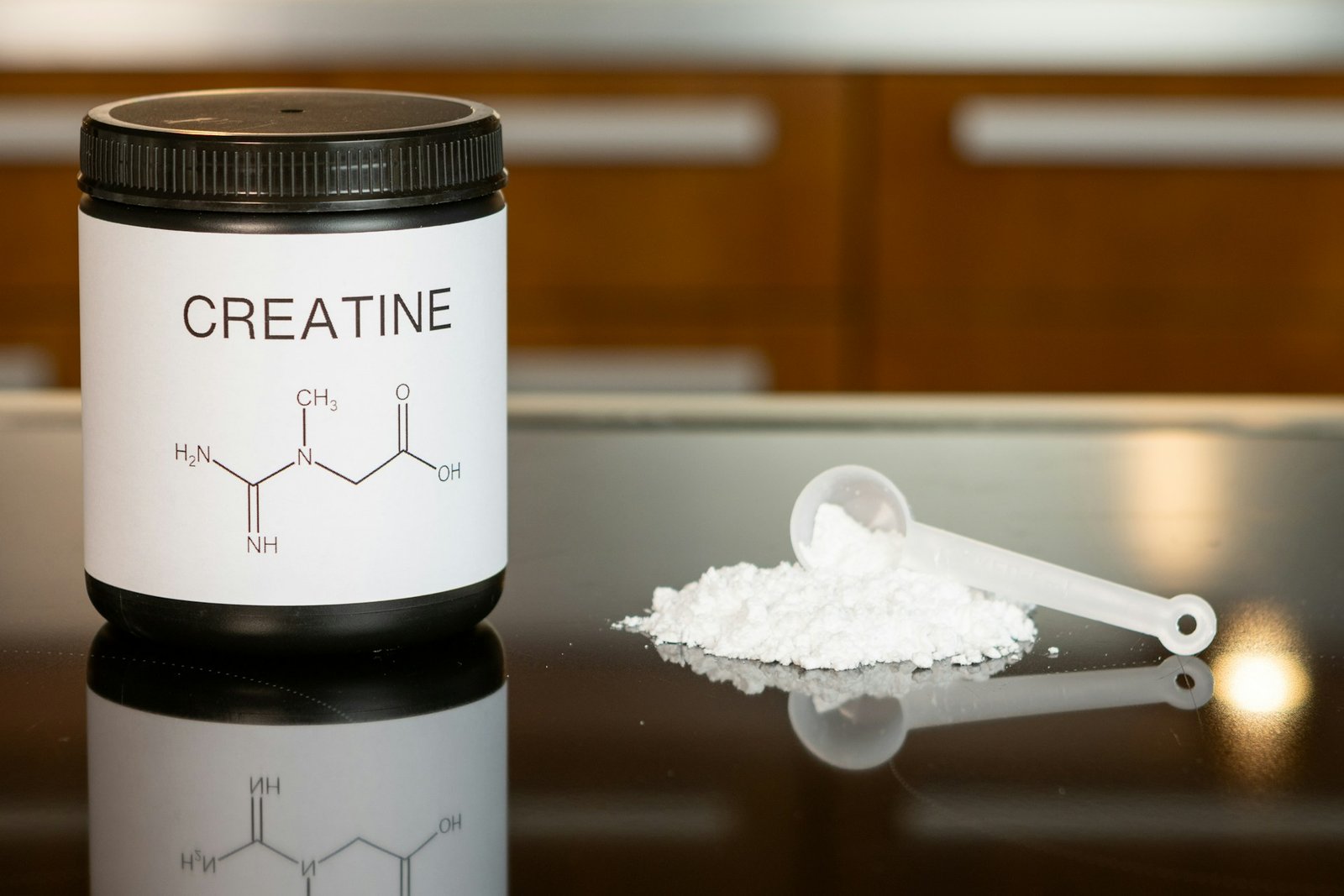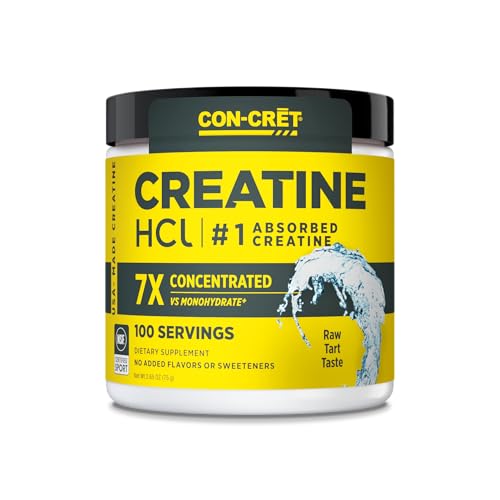If you’ve been digging into workout supplements, you’ve definitely seen creatine come up. But now you’re stuck between two types: creatine monohydrate and micronized creatine. Which one is better for gains, absorption, and overall results? In this article, we’ll break down everything you need to know to make the best choice.
Table of Contents
Quick Comparison Creatine monohydrate vs micronized creatine
If you’re in a rush, here’s what you need to know:
Creatine monohydrate is the tried-and-true option. It’s affordable, well-researched, and effective. On the other hand, micronized creatine is a refined version of the same compound, processed to have smaller particles. This helps it dissolve better and be gentler on the stomach.
In simple terms: both work, but micronized creatine may be worth considering if you dislike gritty shakes or have sensitive digestion.
Features: Creatine monohydrate vs micronized creatine
Creatine Monohydrate is the gold standard of creatine supplements. It’s the form used in most scientific studies and has consistently shown to improve strength, muscle mass, and workout recovery. However, it can cause bloating and may not mix well in water.
Micronized Creatine takes the same compound and grinds it down into finer particles. This mechanical processing improves solubility, making it easier to mix into liquids. It also tends to be easier on the digestive system, reducing the likelihood of stomach discomfort or bloating.
Both forms work by helping your muscles regenerate ATP (adenosine triphosphate), the main energy source during short bursts of intense activity. This results in better performance during weightlifting, sprinting, and other anaerobic activities.
Personal Experience

I’ve personally used both versions over the years. With regular creatine monohydrate, I noticed solid improvements in my lifts, but mixing it was always a chore. The gritty texture and occasional stomach discomfort made me hesitant to stick with it.
When I switched to micronized creatine, I found it dissolved more completely in my shakes and felt easier to digest. There was no noticeable difference in performance, but I appreciated the better mixability and reduced bloating. That small upgrade made me more consistent with daily use.
Pricing
Cost is always a factor when choosing supplements. Creatine monohydrate generally ranges from $20 to $35 for a 500g tub, giving you around 100 servings. Micronized creatine, while slightly more expensive at $25 to $45 for the same amount, provides added convenience for those sensitive to texture and digestion.
Disclosure: We may earn a commission from links mentioned in this post, at no extra cost to you. We only recommend products we genuinely trust
Pros & Cons Breakdown
Creatine Monohydrate Advantages:
It’s backed by decades of research and delivers reliable results. It’s also widely available and among the most affordable performance supplements.
Drawbacks:
You may experience clumping when mixing and some bloating or digestive discomfort. The gritty texture may not be ideal for everyone.
Micronized Creatine Advantages:
It mixes better in water and is often easier on the stomach. For people who are picky about texture or who have experienced GI issues, this form offers a more pleasant experience.
Drawbacks:
It’s slightly more expensive and doesn’t have quite as many studies specifically on the micronized form, though the base ingredient is the same.
Alternatives to Consider
- Creatine HCL (Hydrochloride): Known for better solubility and absorption. Easier on the stomach, but more expensive and less researched. 18+
- Creatine Ethyl Ester: Marketed as a more bioavailable form, but studies don’t support superior results over monohydrate.
- Buffered Creatine (Kre-Alkalyn): Claimed to reduce side effects, but lacks strong scientific backing.
- Gummy or Capsule Forms: Convenient and tasty but come at a higher cost per serving.
Other Relevant Categories
Absorption and Digestion
Micronized creatine, with its reduced particle size, may have faster absorption and easier digestion, although the scientific evidence on this is still emerging. Many users, however, report better gut tolerance with the micronized version.
Mixability and Texture
One of the biggest advantages of micronized creatine is its ability to blend more easily into liquids. This makes it a great option for those who hate gritty textures or want to mix their creatine into smoothies or juices.
Suitability for Different Diets
Creatine is especially beneficial for vegans and vegetarians since it’s naturally found in meat. Both monohydrate and micronized forms are typically vegan-friendly and synthetically made. Always look for third-party tested products to ensure purity and safety.
Dosing and Use
A standard creatine dose is 3–5 grams per day. For faster saturation, some users begin with a loading phase of 20 grams daily (divided into four doses) for 5–7 days before switching to a maintenance dose.
Common Questions
- Is creatine safe? Yes, it is one of the most studied and safest supplements on the market. Check out this video for more details on its benefits and safety!
- Will it cause weight gain? It might lead to a slight increase in water weight, especially during the loading phase.
- When should I take it? Ideally, take creatine after your workout with carbs and protein for optimal uptake.
Conclusion: Which One Should You Choose?
At the end of the day, both creatine monohydrate and micronized creatine offer excellent performance-enhancing benefits. If you’re just starting out or want the most cost-effective option, go with creatine monohydrate. It works, it’s cheap, and it’s reliable.
But if you’ve experienced digestive issues or simply want a more pleasant mixing experience, micronized creatine is a great upgrade. The better texture and digestion can improve your consistency and make supplementing less of a chore.
Both are smart choices — but for everyday comfort and convenience, micronized creatine edges ahead as the more user-friendly option.
Whichever you pick, remember: supplements work best when paired with the right training. Want to maximize your results? Check out my guide on Top 3 Calisthenics Equipment for Home Workouts: Build a Minimalist Gym That Works to build strength with minimal gear—no fancy gym required!









Pingback: Lean muscle vs Bulky Muscle: Essential 101 Differences
Pingback: Marine Collagen vs Bovine Collagen: 6 Clear Differences